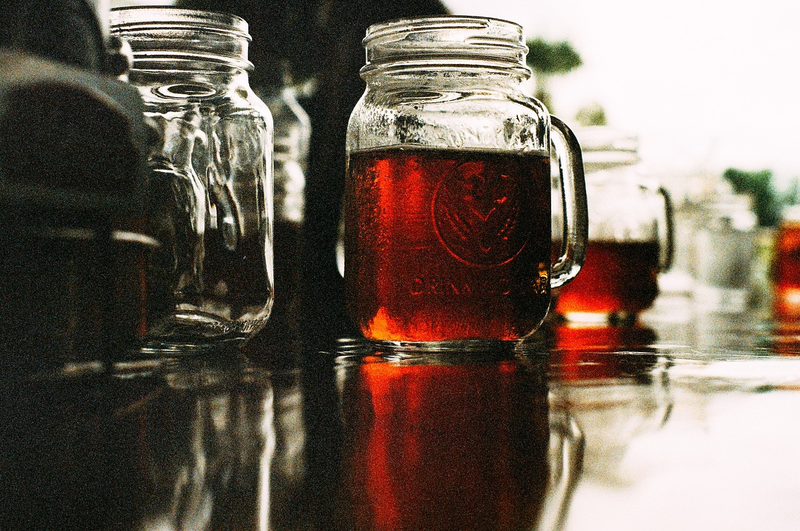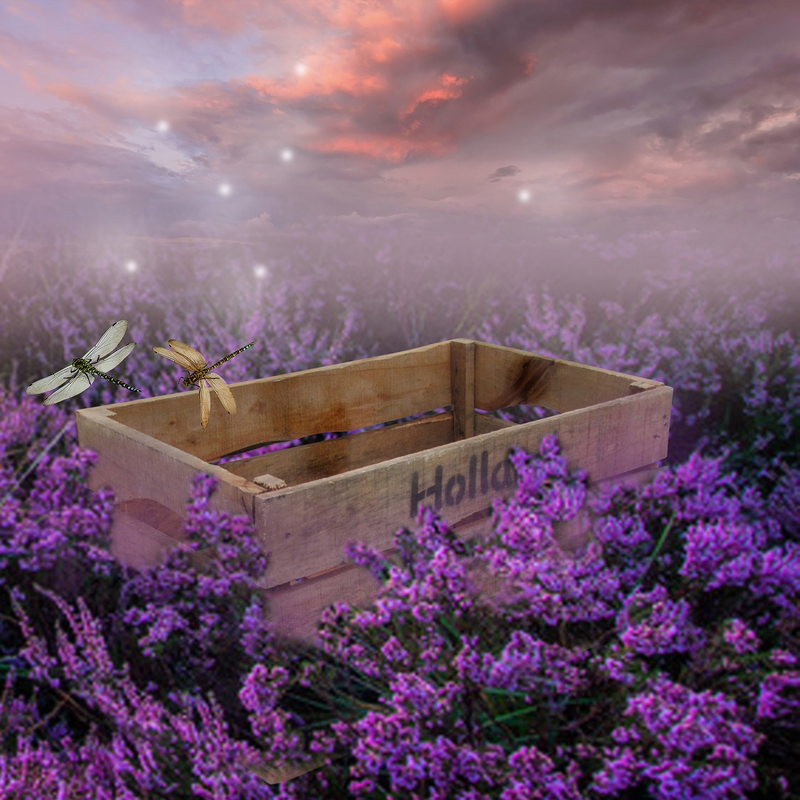Tips - Part 1
Guidance for Upcycling - Part 1
Are you looking to get creative and make a positive impact on the environment? Upcycling might be the perfect solution for you. Upcycling is the process of transforming old or discarded materials into something new and useful. Not only does it reduce waste, but it also allows you to express your creativity and give new life to items that might otherwise end up in a landfill.
Benefits of Upcycling:
- Reduces waste and landfill usage
- Encourages creativity and innovation
- Helps save money by repurposing items
- Reduces the need for new raw materials
- Creates unique and personalized items
Getting Started with Upcycling:
- Look for items to upcycle in your own home - old furniture, clothing, or accessories can be great starting points.
- Get inspired by browsing upcycling projects online or on social media platforms like Pinterest or Instagram.
- Invest in some basic upcycling tools such as sandpaper, paint, glue, and brushes.
- Start with simple projects to gain confidence before tackling more complex upcycling tasks.
Upcycling Ideas for Beginners:
Here are a few beginner-friendly upcycling ideas to get you started:
1. Mason Jar Planters
Transform old mason jars into charming planters for herbs or small plants. Paint the jars in fun colors and add some twine for a rustic touch.

2. Upcycled T-Shirt Tote Bag
Turn an old t-shirt into a reusable tote bag by cutting off the sleeves and neckline. This eco-friendly bag is perfect for grocery shopping or carrying books.

3. Repurposed Wooden Crate Shelves
Old wooden crates can be upcycled into stylish shelves for storing books, plants, or decorative items. Paint or stain the crates for a personalized touch.

Stay tuned for Part 2 of our guidance for upcycling, where we will explore more advanced upcycling techniques and projects. Get ready to unleash your creativity and make a positive impact through upcycling!
